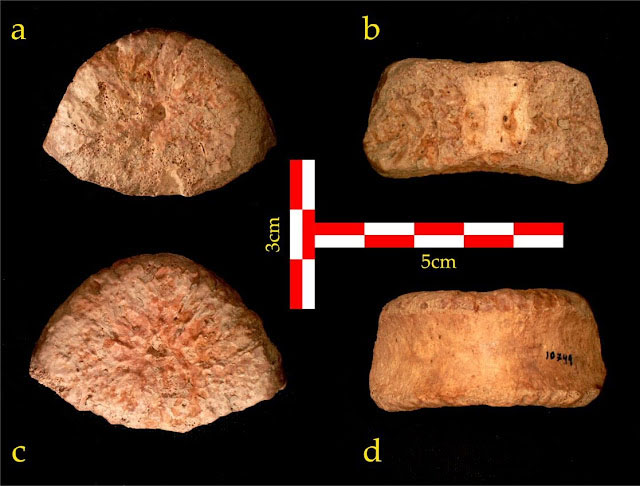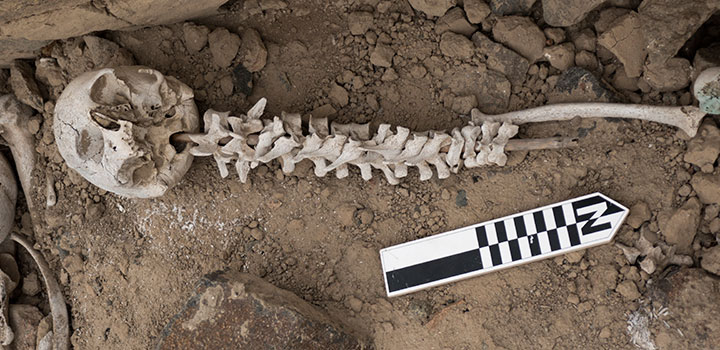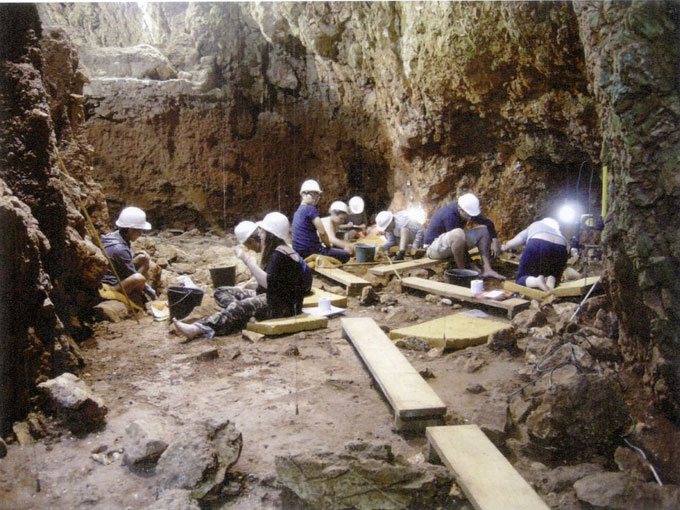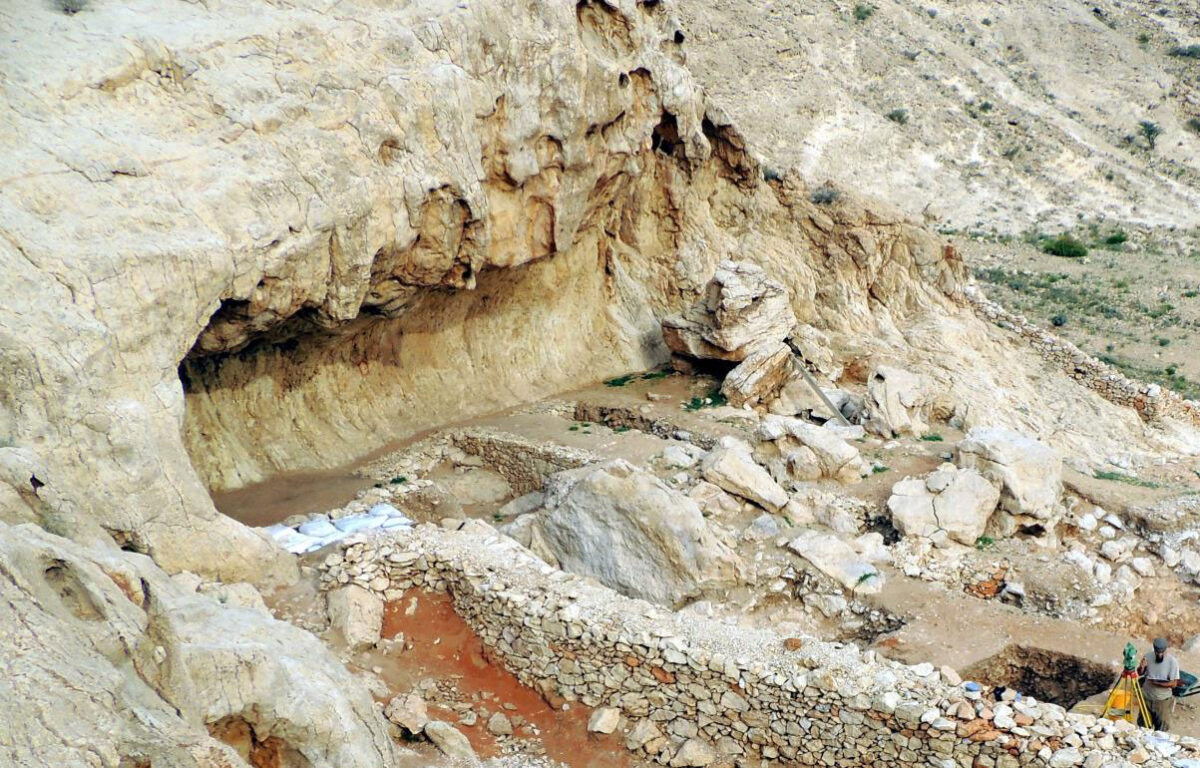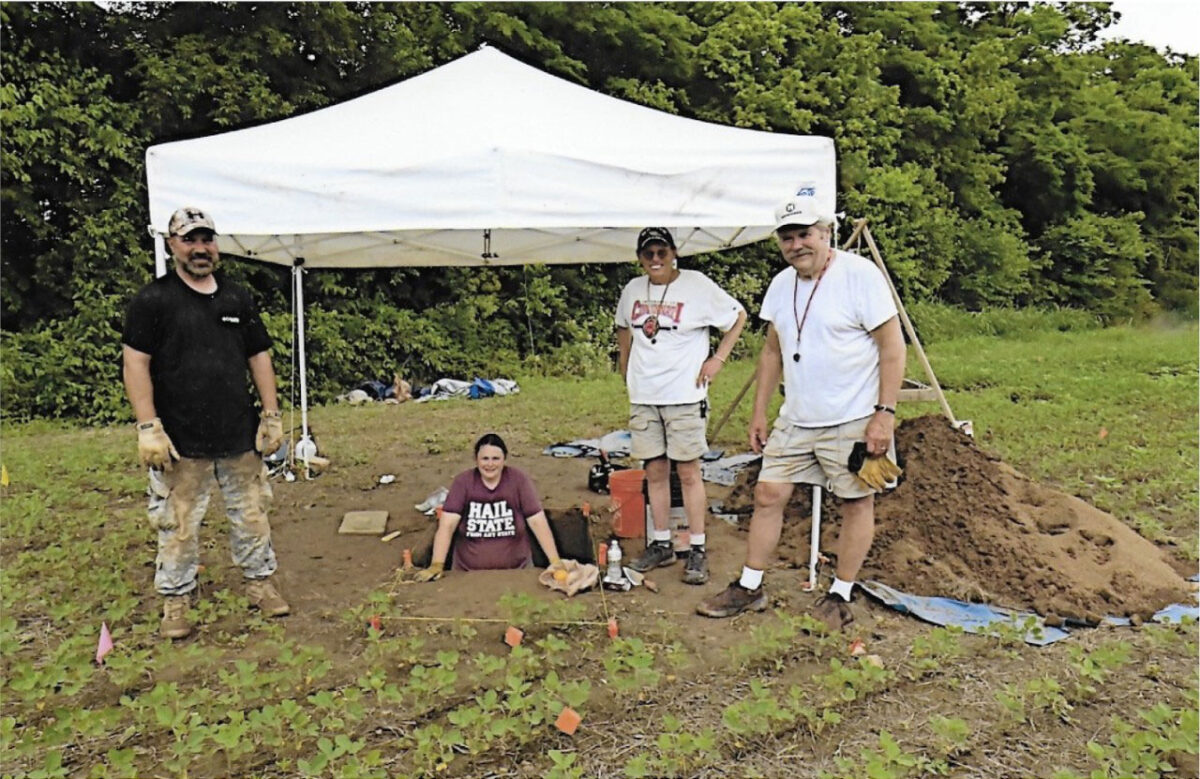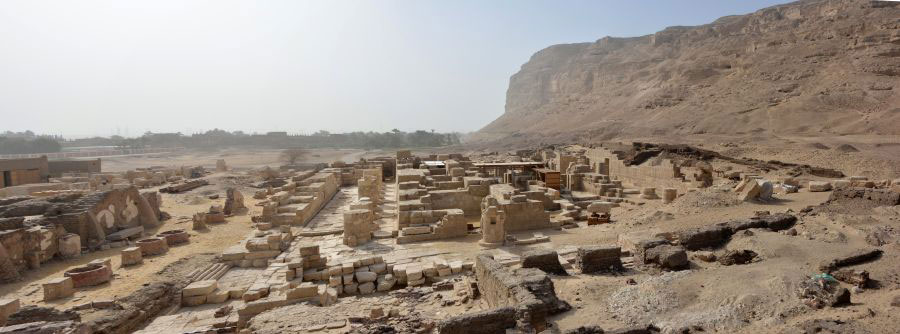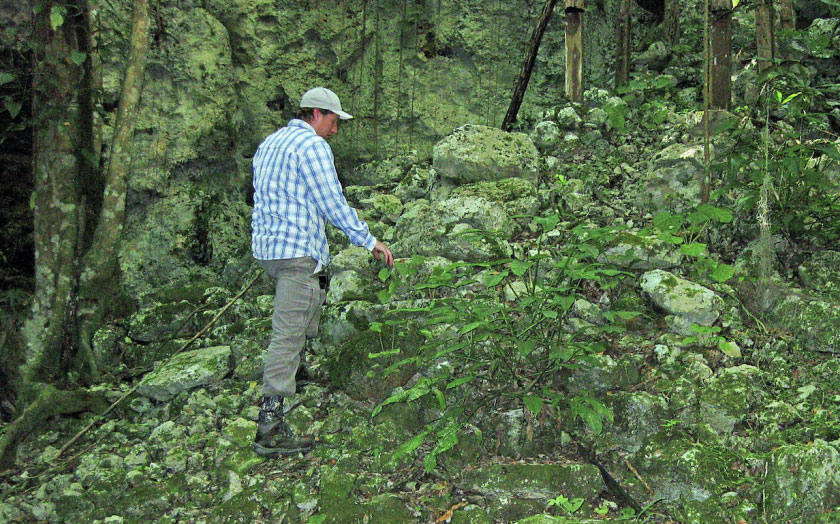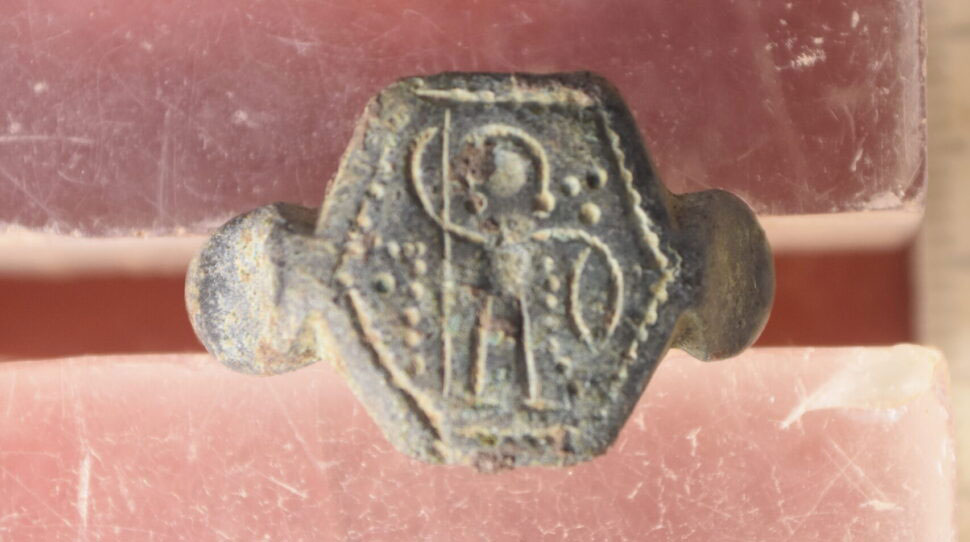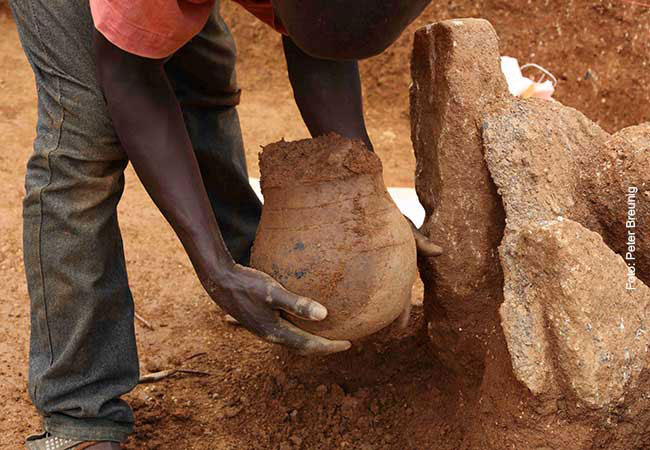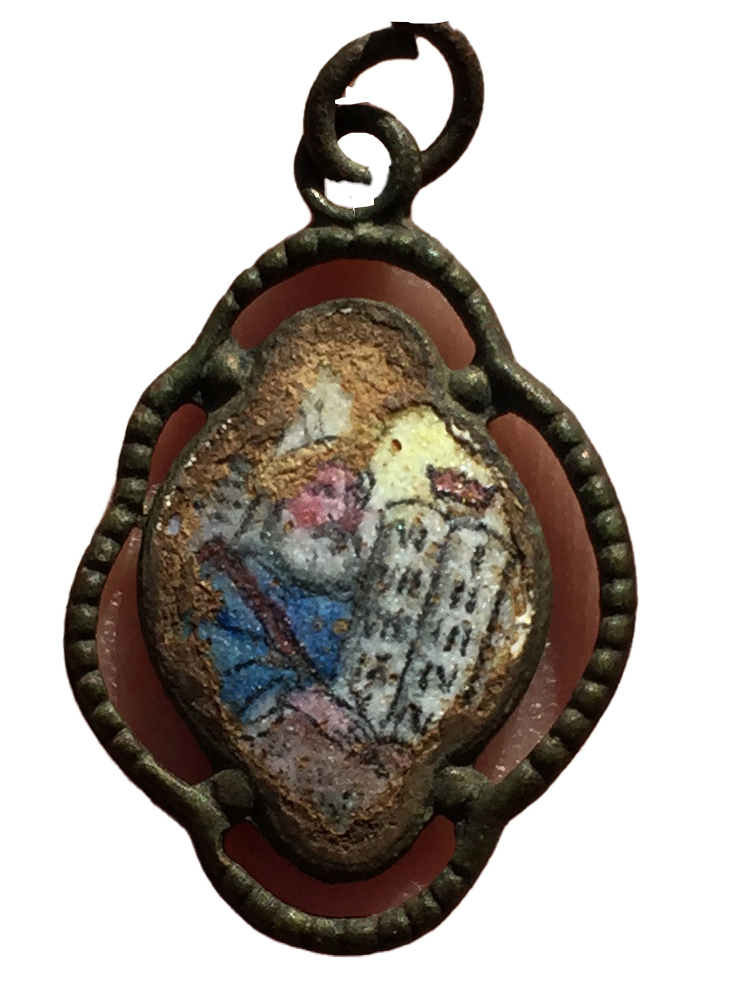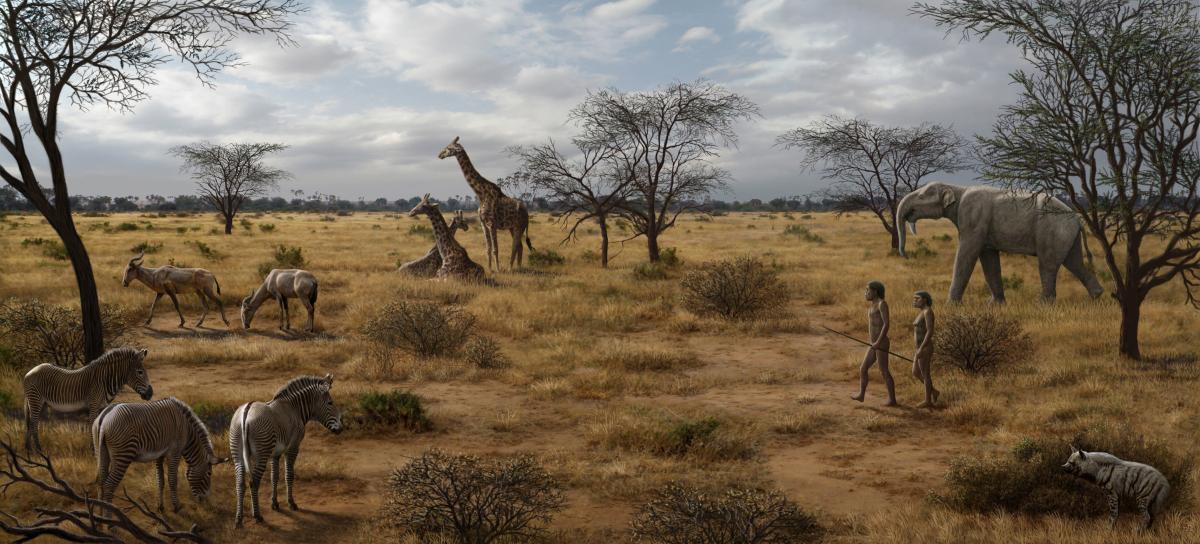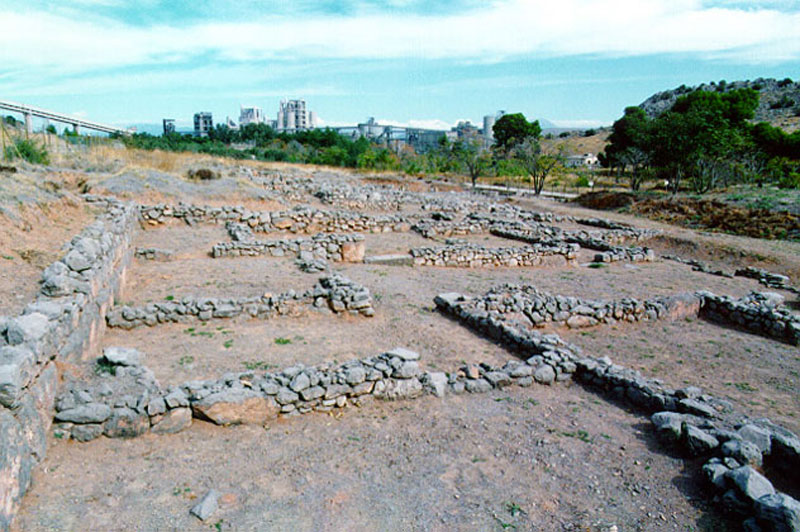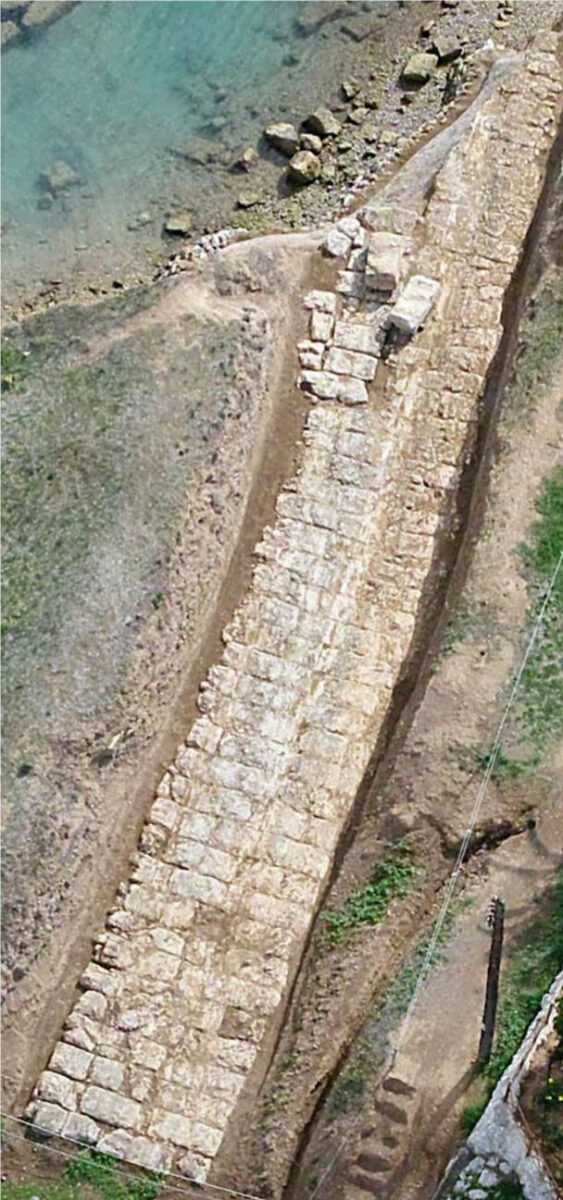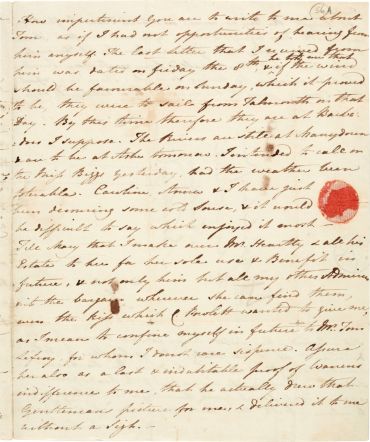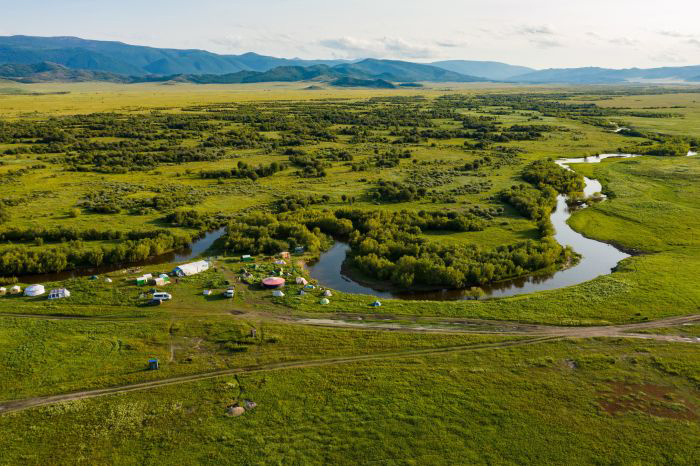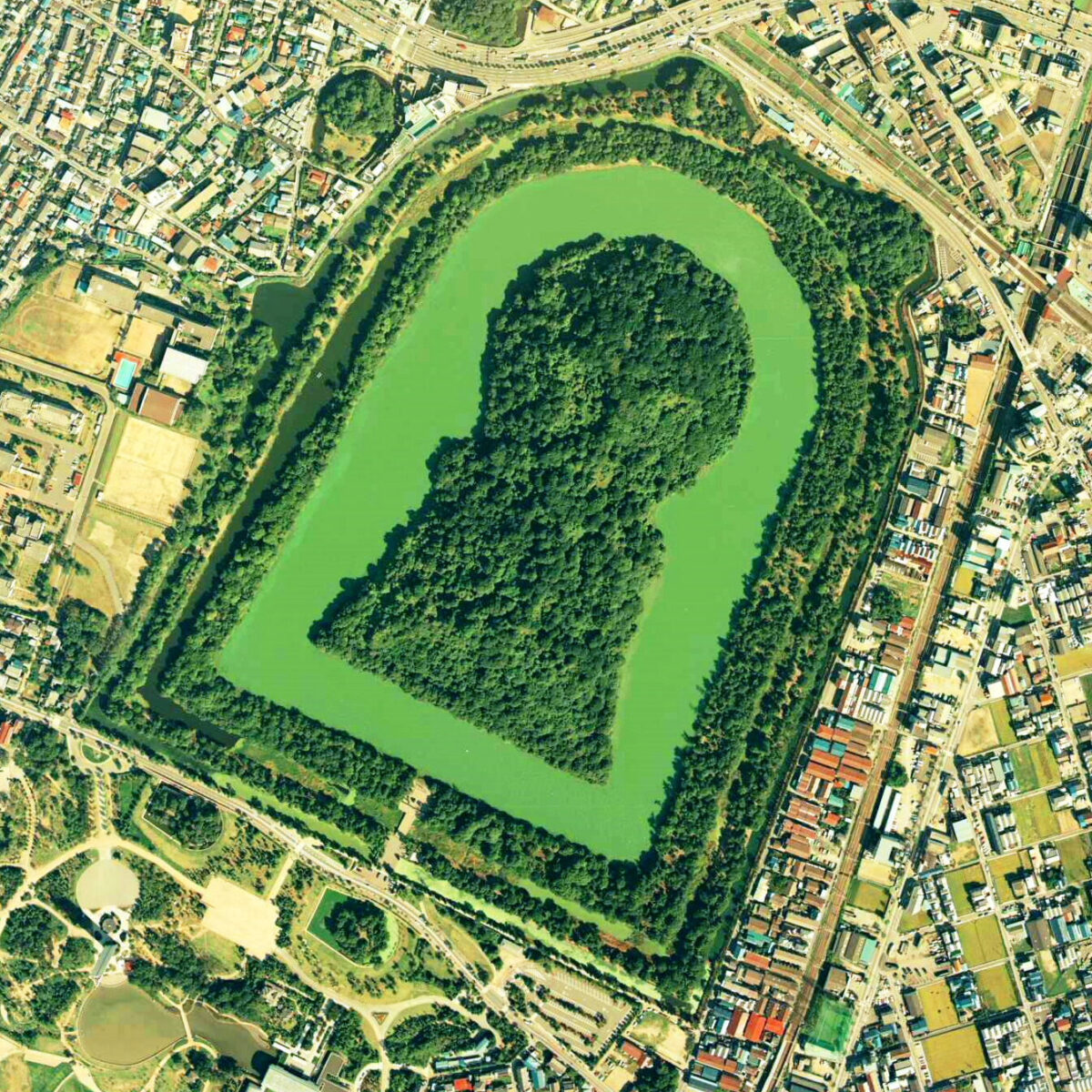Daily Telegraph article on the return of the Parthenon Sculptures
Statements of the Greek ambassador to London in the context of the public debate that has opened in Britain since November.
Ancient human vertebra discovered in Jordan Valley
The find sheds light on the question of whether the migration from Africa to Europe was a one-time event or occurred in several waves.
‘Threaded bone’ rituals restored dignity after looting of graves in Peru
Ancient Indigenous people in Peru had a unique response to the looting and destruction of their ancestors’ graves during the European colonial period.
Hearths in Lower Palaeolithic caves positioned for maximum comfort
Early humans were able to heat their cave efficiently by placing hearths on spots allowing for the smoke to come out of the living space.
One PhD scholarship (for 1 year)
The PhD program of the Department of Ancient Civilizations at the University of Basel announces a one-year scholarship starting 01.10.2022.
Start up nation in ancient Canaan
Thanks to advanced management skills, the Arava became the copper power of the ancient world.
$45 million for rare Botticelli painting
According to experts, it was painted in the early 1500s, towards the end of Botticelli's life.
Early human settlement in Arabia less influenced by climate than thought
Palaeolithic humans repeatedly occupied the rock shelter site of Jebel Faya in Southern Arabia between 210,000 and 120,000 years ago.
The MET announces gift of a rare painting by Poussin
The Metropolitan Museum of Art announced that it has received a gift from Jon and Barbara Landau of an exceptional painting by Nicolas Poussin (1594–1665).
Comet’s fiery destruction led to downfall ancient Hopewell
Researchers with the University of Cincinnati found evidence of a cosmic airburst at 11 Hopewell archaeological sites in three states stretching across the Ohio River Valley.
More than 18,000 pot sherds document life in ancient Egypt
Egyptologists have recovered more than 18,000 inscribed sherds in ancient Athribis – the remains of vessels and jars that served as writing material some 2,000 years ago.
Locations of ancient Maya sacred groves of cacao trees discovered
For as much as modern society worships chocolate, cacao — the plant chocolate comes from — was believed to be even more divine to ancient Mayas.
€2,100,000 made available for works by the MOCAS in Kastoria
The works regard the Koursoum mosque, the Byzantine church of the Taxiarches of the Metropolis and the Monastery of Panagia Mavriotissa.
Considerations on two recent down-datings of ancient Greek statues
Antonio Corso about the down-dating of two important statues: the head of Alexander the Great and of the Nike of Samothrace.
First results of a two-year excavation in ancient Messene
The excavation took place on the site of a large building, an Early Byzantine Church lying east of the Asclepius complex.
Leafy greens first dished up 3,500 years ago
Researchers from Goethe University have shown that the origins of West African dishes date back 3,500 years.
“Shema Yisrael” pendants found in the Sobibor extermination camp
The pendants were uncovered in areas where victims were forced to undress before being herded into the gas chambers and near one of the mass graves.
The importance of meat eating in shaping our evolution is being questioned
Study published in the Proceedings of the National Academy of Sciences questions the primacy of meat eating in early human evolution.
Lebanese museum returns art works from Palmyra
The limestone statues and the carved tombstones dating from the Roman 2nd and 3rd c. AD were returned at the initiative of a private Lebanese collector.
Upgrading the site of the Sanctuary of Artemis at Aulis
Minister of Culture and Sports Lina Mendoni, and Regional Governor of Central Greece Fanis Spanos signed a programme contract.
The Ancient Diolkos is in the process of being restored
The Central Archaeological Council unanimously approved the studies for the restoration of the Ancient Diolkos.
Treasured Jane Austen letters donated as part of campaign
The Jane Austen manuscripts have been protected for future generations of scholars and the wider public as part of a huge campaign to save the Honresfield Library from auction.
Gold pectoral ornament and bronze mirror in Siberian barrow
Polish-Russian team of archaeologists discovered a skeleton of a woman equipped with a gold pectoral ornament and a bronze mirror inside a large barrow.
The secrets of ancient Japanese tombs revealed thanks to satellite images
A research group at the Politecnico di Milano analyzed the orientation of ancient Japanese tombs—the so-called Kofun.

